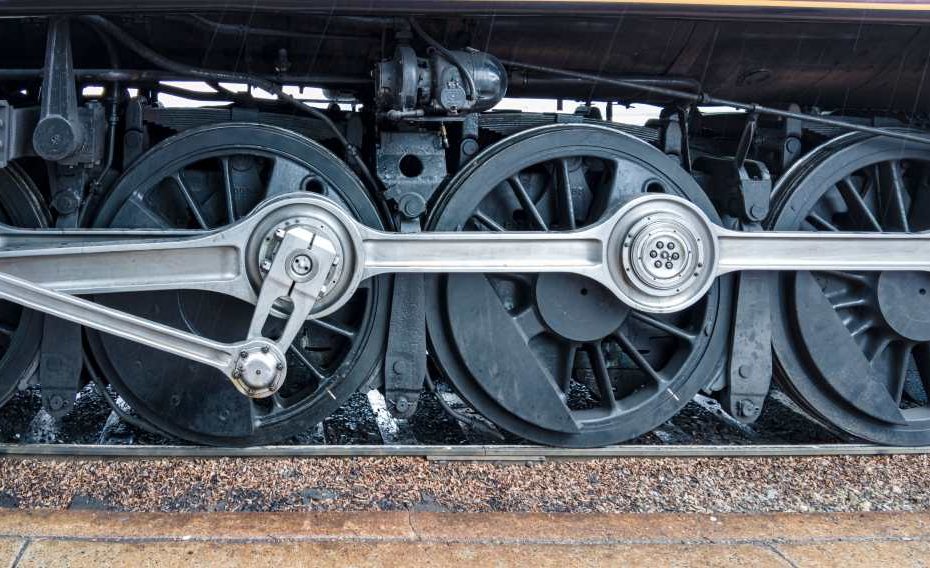The development of train brakes is one of the most important engineering achievements that have contributed to the safety of rail transport.
From the first mechanisms to today’s innovations, the history of train brakes is rich with changes and improvements that have made rail transport one of the safest ways to travel.
First train stopping mechanisms
The first train brakes were hand operated and operated by a mechanic who acted on the brake handle to slow the train. These hand brakes were very inefficient and often failed to stop the train in time when needed.
Automatic brakes
In 1869, George Westinghouse invented the first driver-operated automatic train brake. This was a major advance in the train industry, as the driver could stop the train on time without depending on a mechanic.
Air brakes
The next major improvement in train brakes was the introduction of the air brake by Westinghouse in 1872. This was a revolutionary technology that used air to operate the train’s brakes. This allowed the driver to control the brakes of the entire train at the same time, thus increasing the efficiency of the brakes and reducing the risk of accidents.
Electric brakes
In the 1930s, electric brakes were introduced, which used electrical signals to control the train’s brakes. These brakes were much faster and more efficient than air brakes, resulting in reduced train stopping times and increased passenger safety.
Modern innovations in train brakes
Modern innovations in the field of train brakes are focused on the development of technologies that improve the efficiency, safety and convenience of rail transport.
These include energy recovery techniques that allow trains to generate electricity when braking that can be used to power other train components.
Intelligent systems
Intelligent train speed and safety management systems use advanced speed control technology that can detect road obstacles and stop the train in emergency situations.
This greatly improves passenger and cargo safety.
Noise insulation and emission reduction
Noise isolation and emission reduction are also essential for modern train brake innovations. This includes the development of special materials for sound insulation, as well as the integration of systems for filtering exhaust gases from train engines.
Accident prevention
Accident prevention is a very important aspect of modern train brake innovations. This includes the development of warning systems that can prevent accidents by issuing sound and light signals to train drivers, as well as automatic brake control.
In conclusion, modern innovations in the field of train brakes are aimed at improving the efficiency, safety and convenience of railway transport.
They contain advanced technologies that allow trains to operate more efficiently and safely, while reducing the environmental impact of these means of transport.
